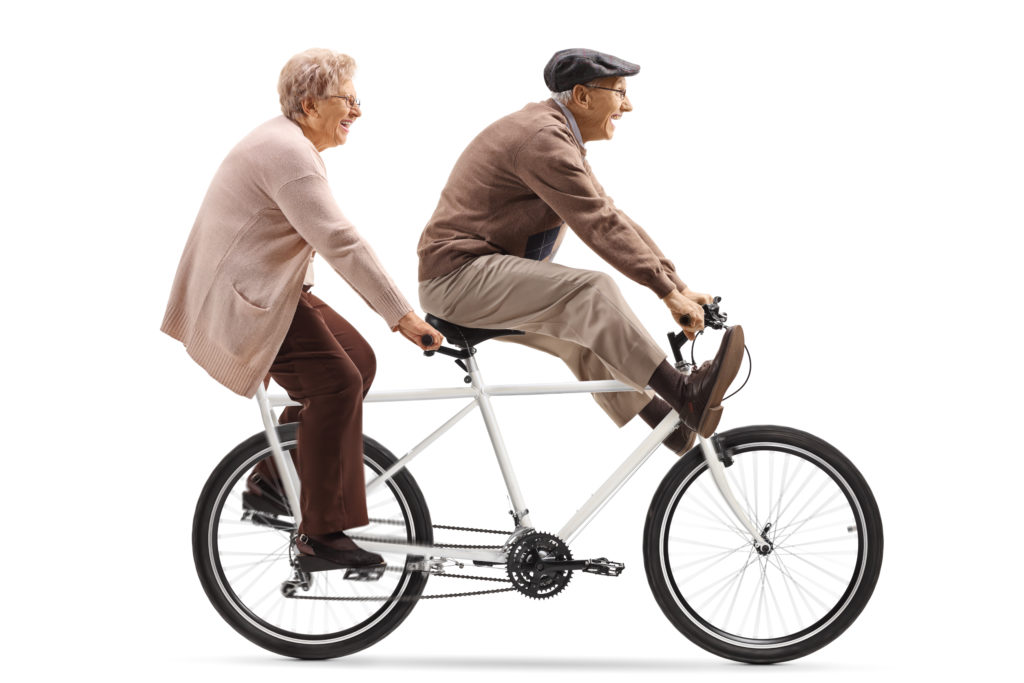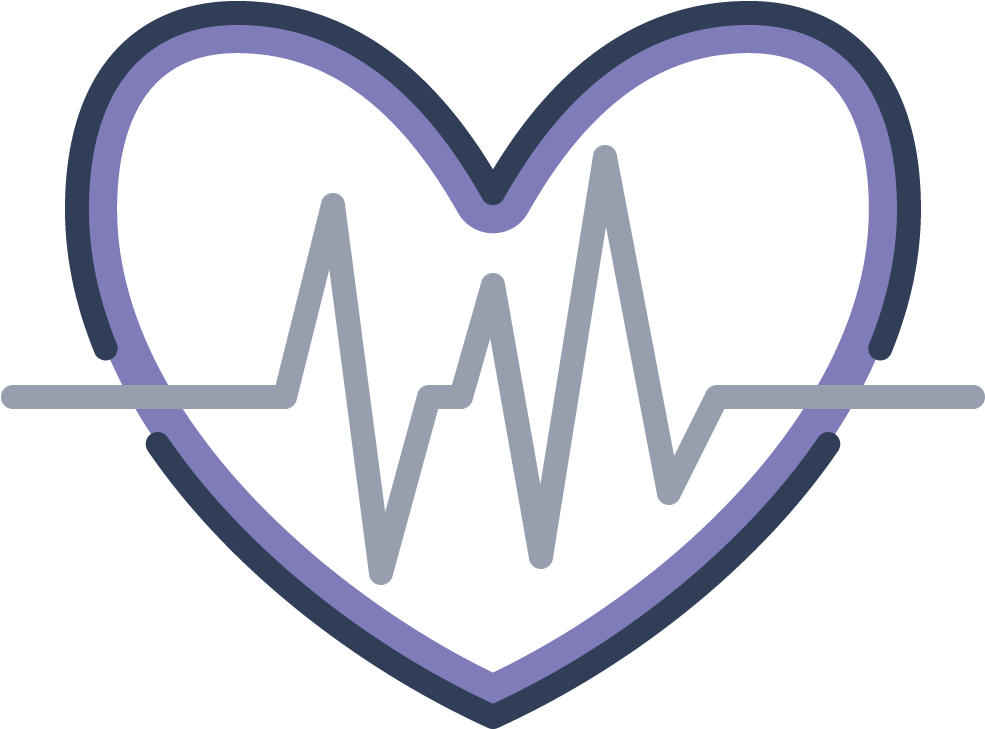Patient Resources
Provider Resources
Unparalleled technology for comprehensive cardiac monitoring coupled with best-in-class service.

Advances in ambulatory cardiac monitoring are helping patients get rid of wires and electrodes in exchange for smaller and much more portable devices.

Mobile Cardiac Telemetry (MCT) is a significant advance in ECG technology. These small, wearable devices continuously transmit data in near real-time for immediate review by our certified ECG technicians. Physicians have immediate access to full-disclosure ECG data and reports throughout the entire monitoring session.
This service is ideal for physicians who want timely alerts and reports for patients who may have arrhythmias while the patient is being actively monitored. Ometri’s Mobile Cardiac Telemetry final report contains comprehensive burden statistics for AFib, supraventricular ectopic beats and runs, all ventricular ectopic beats and runs, pauses, bradycardia and also includes heart rate trending.
Now that ECG sensors are finding their way even into smartwatches, cardiac monitoring devices are evolving into smaller, smarter solutions.
Most event recorders rely on the patient to activate recording when a potential cardiac event may be occurring. There are 2 types of event monitors: symptom event loop monitors and memory looping monitors.

As the internet of things advances, consumers across all generations are adopting wearable technology that accomplishes everything from counting steps to monitoring for cardiac events.


Ometri’s Extended Wear Holter Monitoring has many benefits over our competitors. When a patient is prescribed an Ometri Extended Holter Monitor, the data is uploaded to our cloud services portal in near real-time. This allows Ometri to better determine if a patient’s data is actively being captured.
If we detect the data is not being captured, we can contact the patient to determine if there is a compliance or device issue. By the time the patient’s session has ended, Ometri is able to immediately create the final report and post it for physician review. Other Extended Holter services require the patient to mail the device back before the data can be checked or analyzed and often takes a few weeks for the physician to receive a final report.
Combining the efficiency of a multi-channel device, like a Holter monitor, with the ease and mobility of a wearable patch style device will define the future of ambulatory cardiac monitoring.
Not surprisingly, studies show that a multi-channel device is far superior to its single channel relatives. A traditional Holter Monitor, for example, records 3 channels at a time for a period of up to 2 weeks. However, this also requires a series of electrodes to be placed on the patients chest. Making this a much more intrusive and much less convenient data collection method.
Alternatively, Event Monitors provide a more convenient, wearable device for detecting arrhythmias, however this comes with a pretty significant sacrifice. In order to increase mobility and ease of use, event monitors and early model wearable devices are limited to a single channel for data collection. They can also still be a bit cumbersome to wear, depending on the device chosen.
As ECG technology makes its way into smartwatches and lives become more mobile oriented, the opportunity is prime for a cardiac monitoring device packed with the redundancy of multiple channels and the ease of a patch style device.
Ambulatory cardiac monitoring uses a device to consistently monitor your heart as you move and perform daily tasks. The data collected is then analyzed by doctors to determine heart health and conditions.
Your doctor may prescribe an ambulatory cardiac monitor if they performed an EKG test that was inconclusive. This allows your doctor to grasp a larger picture of your heart activity rather than an in-the-moment EKG test.
Cardiac monitors can be used to detect arrhythmia’s (heart rhythm abnormalities), heart palpitations, and heart irregularities.
The RhythmStar ECG is a wearable cardiac monitor that continuously monitors your heart while you perform daily activities. It provides real-time data and can be worn up to 30 days.
Holter monitors are wearable devices that continuously monitor your heart during daily activities but can only monitor 24-48 hours.
Event monitors are another wearable cardiac monitor that do not record continuously, but require manual activation when you feel a symptom.
An electrocardiogram, or ECG, is a test that measures heart rate and rhythm. Electrodes are placed on the body and connected to a machine that interprets the heart’s electrical activity and creates a graph for cardiologists to analyze.



© OMETRI. All rights reserved. | Terms of Use | Privacy Policy